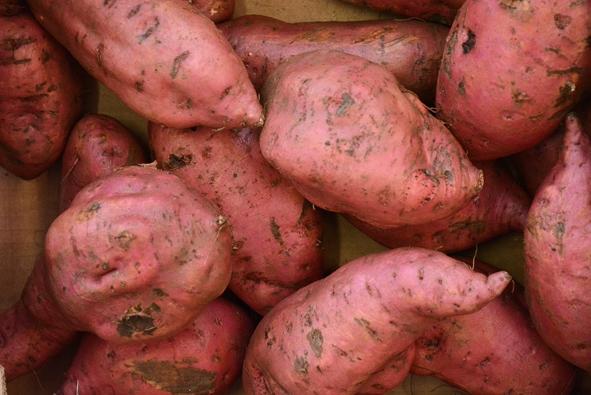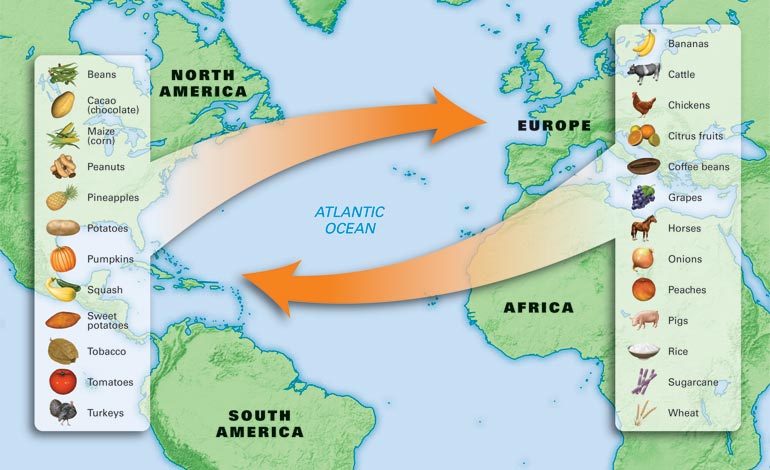EXOTIC... HOMEGROWN!
The variation in climatic conditions is also moving the boundaries of crops. What until some time ago we called exotic species, can now be found in the fields of Agna, Bagnoli...

BIODIVERSITY has always been MIGRANT
The greatest historical example of sustainable innovation based on biodiversity is the exchange of agro-biodiversity between continents that began with the era of great geographical discoveries: between the 16th and the 18th century, the most adaptable plant varieties reached all continents to revolutionize everyone's gardens and diets. Beans, pumpkins, corn, potatoes, tomatoes are species introduced to Europe from the Americas only 5 centuries ago and some of these have taken many generations to adapt to the territory and more time to be understood and valued in the kitchen, then to enter into national culture, as it was for tomatoes, or in regional ones, such as the various legumes. 
In addition to these well-known vegetable species, there are many other smaller ones that have already been fully acclimated, selected and integrated into the biodiversity of our gardens, which have been emerging as an innovative food only in recent decades.
...
recover exotic crops already naturalized in our territoryreminds us that agricultural communities have always been open to new biodiversity...
... and at the same time it projects us towards new solutions and new recipes...
The commitment that many organic farmers dedicate to the recovery of biodiversity is not small and can lead to disappointment, but sometimes it is rewarded with nice surprises: that is, by the new and attractive properties of emerging varieties or species, which offer new flavors and nutritional qualities and, above all, are more resilient to environmental stress and adaptable to new cultural conditions.
So here is a summary of the main crops developed:
(click on the product to open the form)
- BATATA - [LPAG_2581] -
YACON
- [LPAG_2654]



